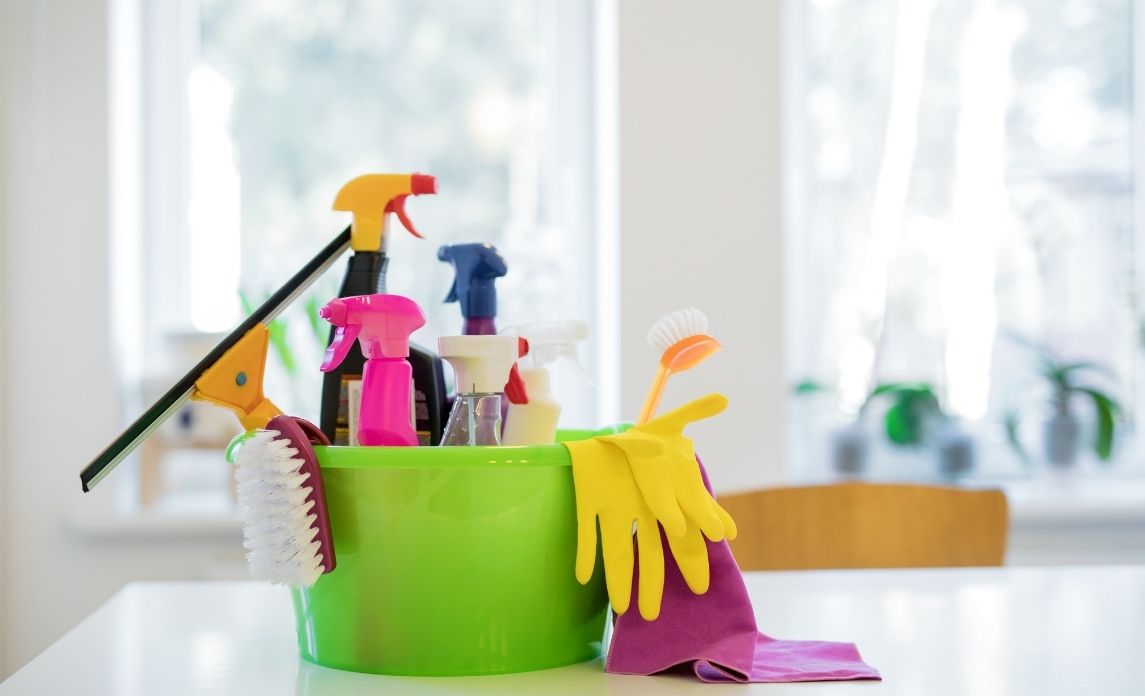Financial institutions like banks are like hospitals, in the sense that they always have to be kept clean. It’s not only for hygienic purposes, but also to provide a pleasant and professional atmosphere.
Just imagine stepping into a bank and seeing cluttered counters, dirty floors, and grimy windows. It would be difficult to entrust your money to an establishment that doesn’t appear to be able to take good care of its premises, wouldn’t it? Indeed, a bank would seem “sketchy” if it isn’t able to maintain a high standard of cleanliness.
As such, for banks and financial institutions, it would be best to work with commercial cleaning companies to keep things neat and organised. There are plenty of things involved in cleaning banks and financial institutions, and professional cleaners can handle them more efficiently and effectively.
After-Hours Cleaning
During business hours, there’s little cleaning that happens inside a bank. This is so as not to disrupt activity, as well as to provide some privacy to the customers. After all, financial information should stay confidential.
As such, most day-time cleaning in banks happens in areas like the restrooms. This way, there will be little to no risk of disturbing transactions.
Then, office areas are given a quick clean; the process mostly involves dusting and sweeping, as well as organising paper forms. During low-traffic hours, cleaners may also disinfect high-touch surfaces and objects like countertops and pens.
More thorough cleaning in banks happens after-hours. These include polishing glass surfaces, mopping floors, and complete disinfection. Since there are no customers and staff to navigate around, the cleaning team will be able to do their jobs more freely.
High Traffic = More Frequent Maintenance
Most banks and large financial institutions experience a high volume of customer traffic daily. This means more frequent maintenance and routine cleaning. It’s also crucial to disinfect ATM touch screens and other similar surfaces.
A bank that sees higher traffic also requires more frequent intensive cleaning services for their floors, especially those covered in carpet. For marble or tile floors, meanwhile, consistent mopping and buffing are important. This will ensure that the surfaces will stay gleaming even after hundreds of people walk on them.
Counters and desks should also receive frequent and thorough cleaning, since dust and dirt can easily accumulate on them.
Glass Cleaning
Many banks and financial institutions have large glass-pane doors and floor-to-ceiling windows. It’s not exactly clear why this design has become prevalent, but perhaps the clarity of the glass has come to represent transparency and honesty. Indeed, these two qualities are very important for establishments that handle money.
The problem with the abundance of glass, however, is that they can easily accumulate dust; even the smallest speck can be noticeable. When customers see that these surfaces are caked with dirt, they won’t have a good impression of the establishment.
This makes the regular maintenance of entrance door glass, window panes, as well as display cases and kiosks a necessary part of bank cleaning routines. At the very least, consider having glass doors and windows washed and wiped down once a day. This schedule can be adjusted depending on weather conditions.
An added benefit of having crystal clear glass doors and windows? Your bank or financial institution will be more energy efficient. Clean doors and windows let in an ample amount of natural light, so you may not need to turn on electric lights as much.
Meanwhile, kiosks and display cases should be cleaned and disinfected multiple times per day. This will ensure cleanliness and cultivate confidence in customers, knowing that using your bank’s facilities are free from germs.
Teller Stations
Among the most common features of banks, credit unions, and other similar financial institutions are teller stations. These cubicles are essential for conducting business. However, they have a lot of elements that need to be kept clean.
In particular, the stations usually have windows made from tempered glass. These panes separate the tellers from the customers, which is both for security and organisation. For good hygiene, it’s essential to keep these tempered glass windows clean and germ-free.
Depending on the design of the teller stations, there may also be partitions in between them that are covered with fabric. These may need less frequent cleaning, as only the tellers will have constant contact with them.
However, pay attention to their colour and smell. If the colour isn’t as vibrant and they smell a little musty, it’s time for a deep-clean. For daily cleaning, wiping and disinfecting surfaces are crucial. Some light vacuuming may also help to minimise the accumulation of dirt.
As you can see, cleaning a bank or financial institution is straightforward enough. The most important thing is to focus on timing, as well as the most crucial processes to help you maintain a clean, hygienic environment.
With proper commercial cleaning, banks and financial institutions can keep their positive reputation and further cultivate trust as an establishment that cares for their customers’ wellbeing.


